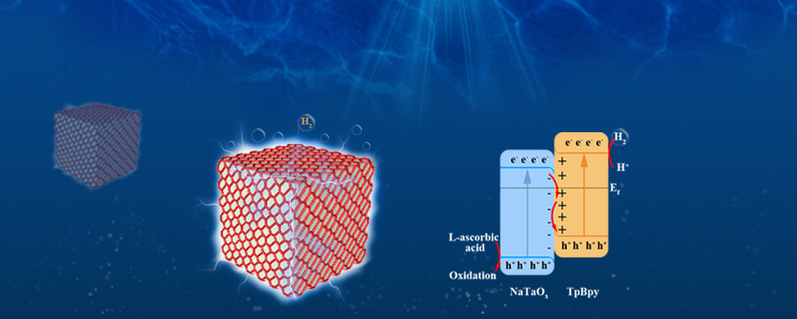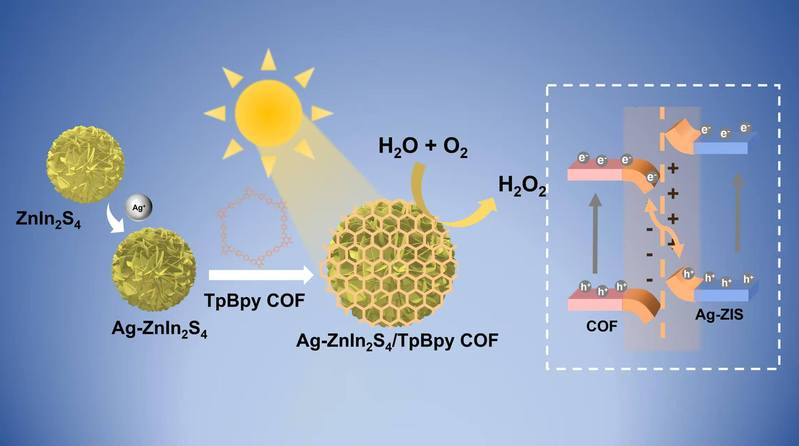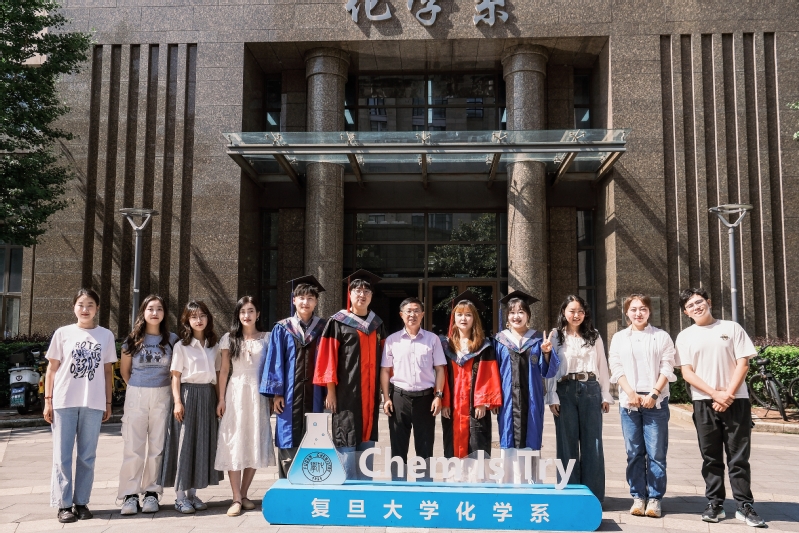As a typical perovskite material, NaTaO3 has been regarded as a potential catalyst for photocatalytic hydrogen evolution (PHE) process, due to its excellent photoelectric property and superior chemical stability. However, the photocatalytic activity of pure NaTaO3 was largely restricted by its poor visible-light absorption ability and rapid recombination of photogenerated charge carriers. Therefore, a covalently bonded TpBpy covalent organic framework (COF)/NaTaO3 (TpBpy/NaTaO3) heterostructure was designed and synthesized by the post modification strategy with (3-aminopropyl) triethoxysilane (APTES) and the in situ solvothermal process. Benefiting from the enhanced built-in electric field by the interfacial covalent bonds and the formation of S-scheme heterostructure between TpBpy and NaTaO3, which were proved by the Ar+-cluster depth profile and X-ray photoelectron spectroscopy (XPS), as well as density functional theory (DFT) calculation results, both the charge transfer efficiency and the PHE performance of the TpBpy/NaTaO3 composites were significantly improved. Additionally, the composites exhibited an excellent absorption performance in the visible region, which was also beneficial for the photocatalytic process. As expected, the optimal TpBpy/20%NaTaO3 composite achieved a remarkable hydrogen evolution rate of 17.3 mmol⋅g- 1⋅h- 1 (10 mg of catalyst) under simulated sunlight irradiation, which was about 173 and 2.4 times higher than that of pure NaTaO3 and TpBpy, respectively. This work provided a novel strategy for constructing highly effective and stable semiconductor/COFs heterostructures with strong interfacial interaction for photocatalytic hydrogen evolution.

 Wei-Lin Dai Group
Wei-Lin Dai Group



